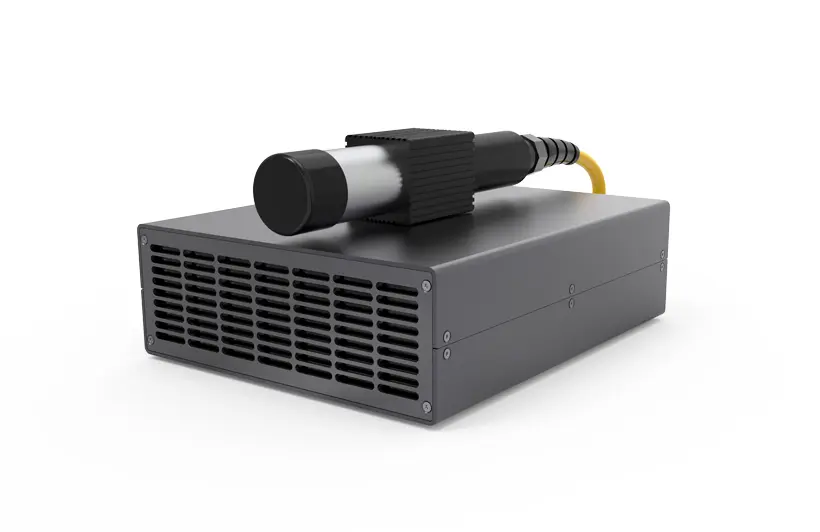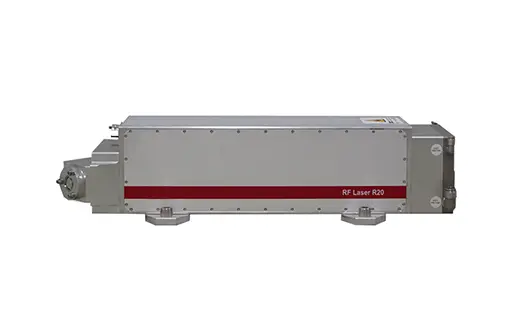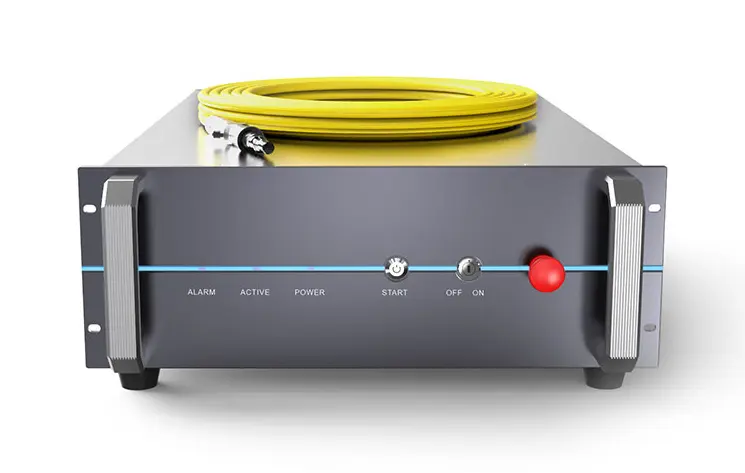
Laser cutting is a technology that uses a laser beam to cut various types of materials at very high speeds and with unique levels of precision.
With laser technology, the beam is focused using special lenses and used as a heat source, allowing the material to reach such high temperatures that a clean cut is achieved. Laser cutting for metals has the advantage over plasma cutting of being more precise and using less energy. Advantages of laser cutting over mechanical cutting include easier workholding and reduced contamination of the workpiece.
The main uses are sheet metal cutting, tube cutting and 3D cutting.
Cutting

Laser cutting is a technology that uses a laser beam to cut various types of materials at very high speeds and with unique levels of precision.
With laser technology, the beam is focused using special lenses and used as a heat source, allowing the material to reach such high temperatures that a clean cut is achieved. Laser cutting for metals has the advantage over plasma cutting of being more precise and using less energy. Advantages of laser cutting over mechanical cutting include easier workholding and reduced contamination of the workpiece.
The main uses are sheet metal cutting, tube cutting and 3D cutting.
Cutting
Laser cutting is a widely used method for precisely cutting a variety of materials, including metals, plastics, and ceramics. The types of lasers typically used for laser cutting include fiber lasers, CO2 lasers, and diode lasers, each offering distinct advantages depending on the material being cut and the specific requirements of the cutting process.
Fiber lasers are particularly popular for cutting metals, such as stainless steel, aluminum, brass, and titanium. They are known for their high power density, excellent beam quality, and ability to focus on small areas with great precision. Fiber lasers offer fast cutting speeds and high-quality edges, making them ideal for applications in industries like automotive, aerospace, and electronics. These lasers are also efficient and energy-saving, which makes them a cost-effective choice for high-volume cutting tasks.
CO2 lasers have long been a standard choice for cutting a wide range of materials, including metals, plastics, wood, and ceramics. CO2 lasers are effective in cutting thick materials, especially non-metals, and they provide high-quality, smooth cuts. These lasers are commonly used in applications like signage, furniture making, and packaging due to their ability to handle different materials with precision and versatility. Although CO2 lasers have a lower beam quality compared to fiber lasers, they are still a popular choice for many cutting tasks.
Diode lasers are less common in large-scale industrial cutting but are sometimes used for cutting thin materials like plastics and wood. These lasers are compact, energy-efficient, and offer precise control over heat, making them ideal for small-scale cutting tasks or applications where energy consumption is a concern. Diode lasers are often used in electronics, medical devices, and prototype manufacturing.
Each type of laser is chosen based on the specific needs of the cutting job, such as the material being cut, the thickness of the material, and the required cutting speed and quality. Fiber lasers are the preferred choice for cutting metals with high precision and speed, while CO2 lasers remain a versatile option for a wider range of materials. Diode lasers are suitable for energy-efficient and smaller-scale cutting applications.
Laser cutting is a widely used method for precisely cutting a variety of materials, including metals, plastics, and ceramics. The types of lasers typically used for laser cutting include fiber lasers, CO2 lasers, and diode lasers, each offering distinct advantages depending on the material being cut and the specific requirements of the cutting process.
Fiber lasers are particularly popular for cutting metals, such as stainless steel, aluminum, brass, and titanium. They are known for their high power density, excellent beam quality, and ability to focus on small areas with great precision. Fiber lasers offer fast cutting speeds and high-quality edges, making them ideal for applications in industries like automotive, aerospace, and electronics. These lasers are also efficient and energy-saving, which makes them a cost-effective choice for high-volume cutting tasks.
CO2 lasers have long been a standard choice for cutting a wide range of materials, including metals, plastics, wood, and ceramics. CO2 lasers are effective in cutting thick materials, especially non-metals, and they provide high-quality, smooth cuts. These lasers are commonly used in applications like signage, furniture making, and packaging due to their ability to handle different materials with precision and versatility. Although CO2 lasers have a lower beam quality compared to fiber lasers, they are still a popular choice for many cutting tasks.
Diode lasers are less common in large-scale industrial cutting but are sometimes used for cutting thin materials like plastics and wood. These lasers are compact, energy-efficient, and offer precise control over heat, making them ideal for small-scale cutting tasks or applications where energy consumption is a concern. Diode lasers are often used in electronics, medical devices, and prototype manufacturing.
Each type of laser is chosen based on the specific needs of the cutting job, such as the material being cut, the thickness of the material, and the required cutting speed and quality. Fiber lasers are the preferred choice for cutting metals with high precision and speed, while CO2 lasers remain a versatile option for a wider range of materials. Diode lasers are suitable for energy-efficient and smaller-scale cutting applications.





